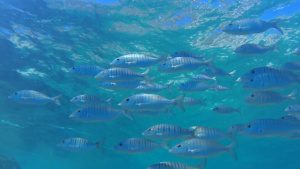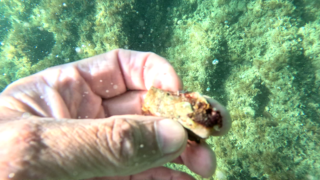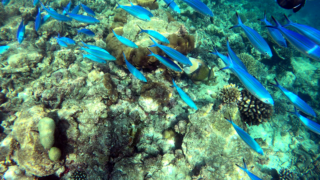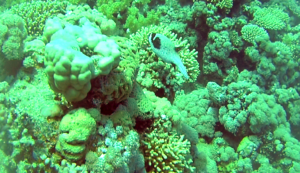The Garfish (Belone belone) belongs to the Osteichthyes class, to the subclass Actinopterygii, to the superorder Teleostei, to the Synentognathi order and to the Belonidae family. It has a very elongated and compressed body, the dorsal zone is dark blue and fades in the blue on the flanks which are silvery; The belly is yellowish in color. Its length can exceed 80 cm and 1 Kg of weight. The jaws are thin and prominent enough to resemble a beak. The Garfish is a pelagic fish that live on the high sea, only during the summer it approaches the coast to spawn, which by means of filaments attach themselves to the algae on the bottom of the sea, we can meet it under the surface of the sea where it camouflage in a way Amazing thanks also to the splashes of the waves. aguglia
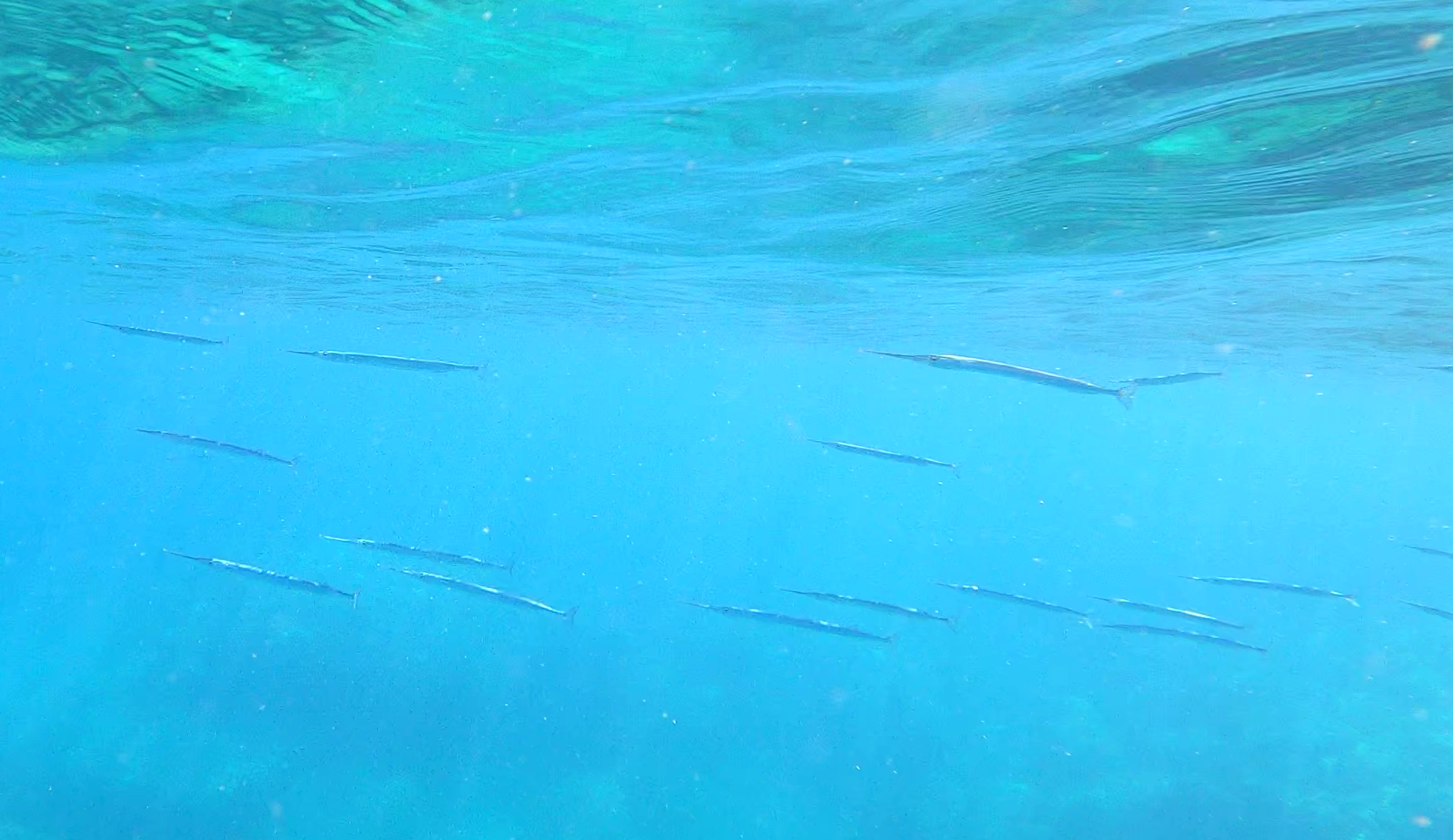
Garfish – Aguglia – Belone belone – www.intotheblue.it
Garfish are pelagic fish which live close to the water surface. They eat small fish and have a migratory pattern similar to that of the mackerel, arriving a short time before the latter to spawn. Their association with mackerel has led to some older common names such as “mackerel guide” and “mackerel guardian”. They move into shallow waters in April and May and spawn in areas with eelgrass in May and June. In the autumn, they return to the open sea, including the Mediterranean sea, Atlantic west of Ireland and Great Britain. Garfish are oviparous and the eggs are often found attached to objects in the water by tendrils on the egg’s surface. Spawning occurs in May and June among seagrass beds with the long sticky tendrils on the chorion adhering to the blades of the sea grasses. The juveniles remain in shallower waters until such time as they attain sexual maturity.
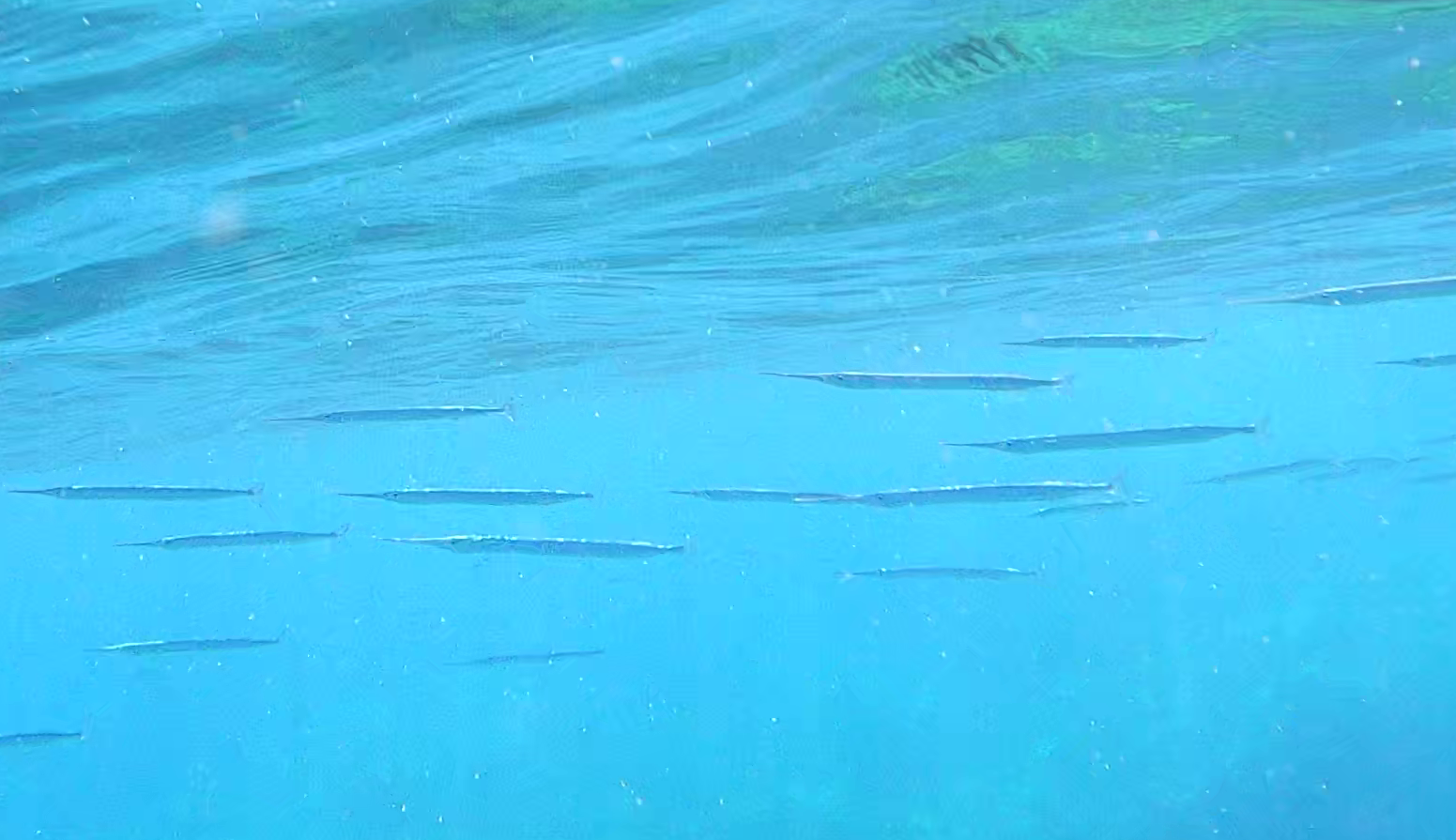
Garfish – Aguglia – Belone belone – www.intotheblue.it
The garfish is a predator which hunts in the open sea seeking out shoals of small fish such as Atlantic herring, sprats, sand eels, and even three-spined sticklebacks. They also feed on free-swimming crustaceans. They frequently forage near to the shore and will hunt in and around natural or manmade features which interrupt tidal flows.
(extract from Wikipedia)
 English
English Italiano
Italiano
